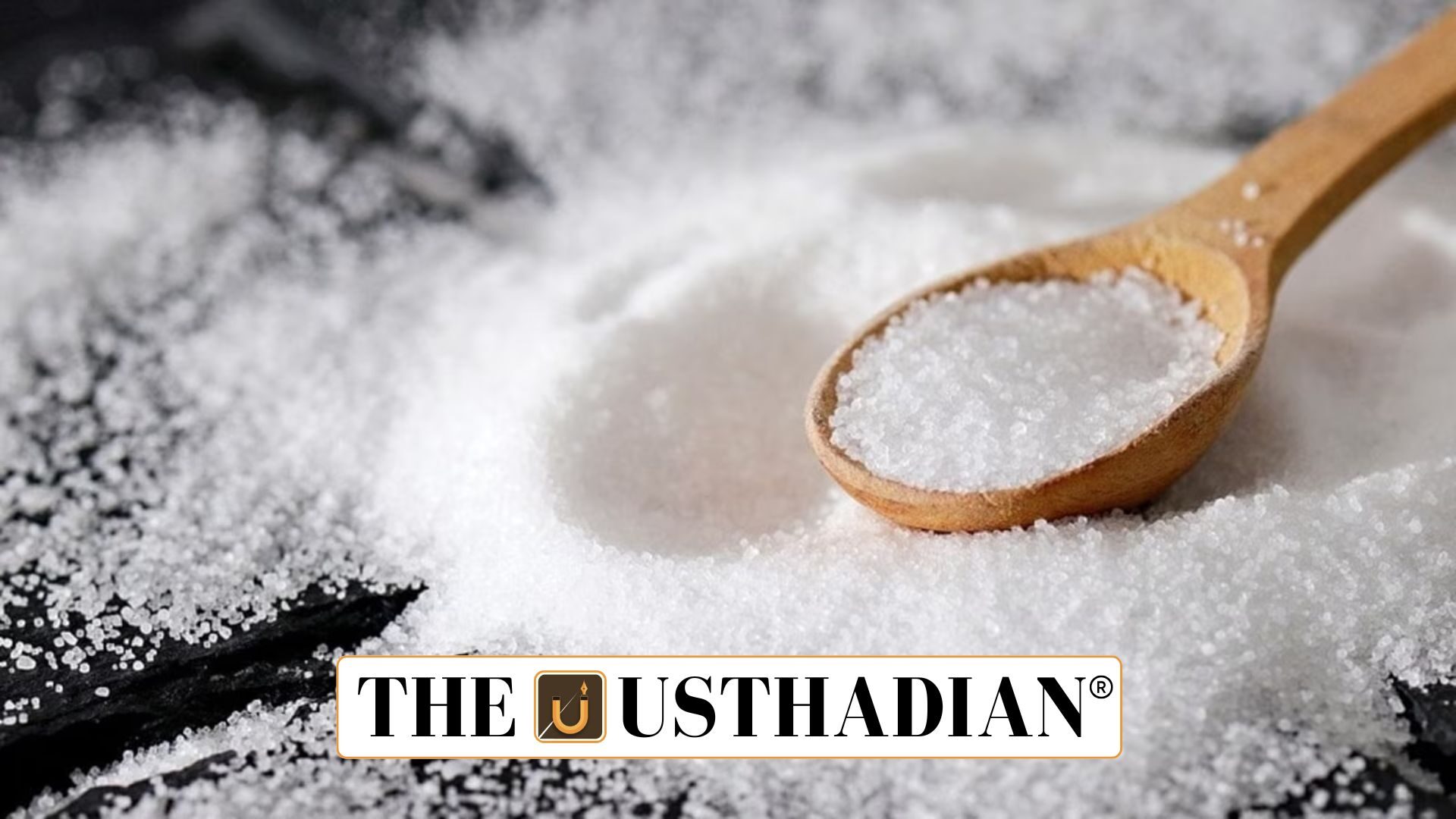Salt intake levels remain dangerously high
India’s Alarming Salt Habit: Recent findings by ICMR’s National Institute of Epidemiology reveal that India is battling a silent salt consumption epidemic. Salt intake across both urban and rural populations far exceeds safe limits recommended by health authorities.
While the World Health Organization (WHO) advises consuming less than 5 grams of salt per day, urban Indians average 9.2 grams and rural Indians about 5.6 grams daily. This excessive intake is quietly increasing health risks for millions.
Silent killer behind major diseases
Too much salt in daily diets has direct links to hypertension, heart disease, stroke, and chronic kidney conditions. These ailments are rising steadily across India, particularly in urban centres where processed and packaged foods are consumed more frequently.
Static GK fact: Hypertension is often called the “silent killer” due to its asymptomatic nature in early stages. It affects over 220 million Indians, as per latest NFHS data.
Healthier salt alternatives show promise
One way to cut sodium is to switch to low-sodium salt substitutes. These alternatives replace some of the sodium chloride content with potassium or magnesium, helping retain taste while lowering health risks.
Studies globally have found that such substitutes not only reduce blood pressure but also decrease cardiovascular deaths, especially in high-risk populations.
ICMR’s salt reduction initiatives
The Indian Council of Medical Research (ICMR) has launched several programs to curb this growing issue. The most notable is the “Community-Led Salt Reduction” program that encourages local participation in reducing salt usage.
Additionally, a social awareness drive under the hashtag #PinchForAChange aims to reach the masses via social media, urging citizens to take a conscious step in reducing their daily salt consumption.
Static GK tip: India’s National Nutrition Policy (1993) also stresses on limiting salt intake as part of balanced dietary habits to prevent lifestyle diseases.
Need for policy and behavioural change
Experts are urging both government policy reforms and grassroots awareness to tackle this issue. School curriculums, food labelling laws, and restaurant standards must evolve to include mandatory sodium content disclosures.
Households, meanwhile, need to shift from taste-centric cooking to health-conscious practices, such as gradual reduction of salt and increased use of herbs and spices for flavour.
Static Usthadian Current Affairs Table
India’s Alarming Salt Habit:
| Topic | Detail |
| WHO Salt Recommendation | Less than 5 grams/day |
| Urban Salt Intake (India) | Around 9.2 grams/day |
| Rural Salt Intake (India) | Around 5.6 grams/day |
| Main Health Risks | Hypertension, stroke, heart disease, kidney disorders |
| ICMR Initiative | Community-Led Salt Reduction |
| Public Awareness Campaign | #PinchForAChange |
| Salt Substitute Composition | Potassium or magnesium replacing sodium |
| India’s Nutrition Policy Year | 1993 |
| Organization Leading the Study | National Institute of Epidemiology (ICMR) |
| Global Health Guideline Source | World Health Organization (WHO) |








